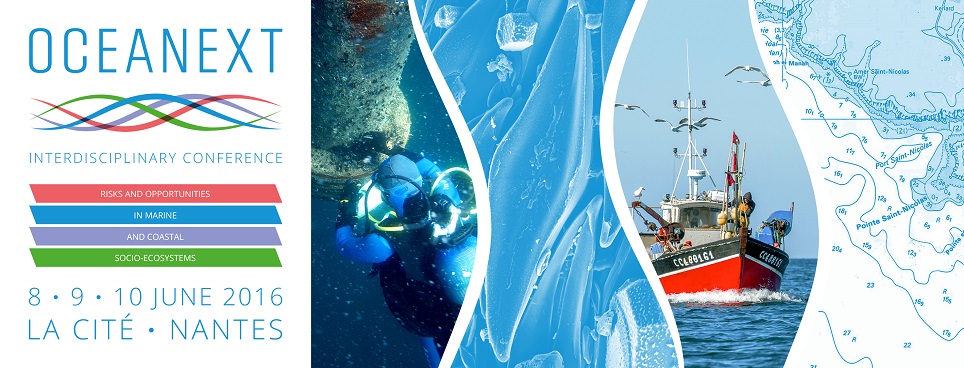A study of the morphodynamic evolution of coastline Lekine - Ouvea (New Caledonia), has been realized by using diachronic analysis of aerial and satellite imagery over the period dating from 1954 to 2012 within the QGIS 2.6 software.
We observe a significant accretion of the two opposite sand arrows favoured by : 1) moderate and homogeneous general hydrodynamic condition of the lagoon 2) gravelly-muddy sand mobilized by longshore drift 3) quick vegetation growth on coast which fixe sediment.
We note that the artificialization of the area since the 1970s has directly impacted the site. These coastal arrangement are responsible of a local erosion. Erosion indicators like : 1) beachrock outcrop 2) coastal vegetation damage 3) active bluff erosion.
This artificialization is not the only explanation for all forms of erosion identified. We must consider the meteorological forcings such as "west of blows" and tropical cyclones associated with marine conditions. These items are used to link the geomorphological conditions with this portion of the study site. Coastline orientation and proximity of the active passes promote maritime entries in the lagoon Faiawa during paroxysmal events.
In this presentation we will present our methodological approach and results to understand the hydro-sedimentary dynamics. We will propose technical solutions to minimize the dysfunctions observed in an area classified world heritage of humanity and to monitor their effectiveness.

 PDF version
PDF version
